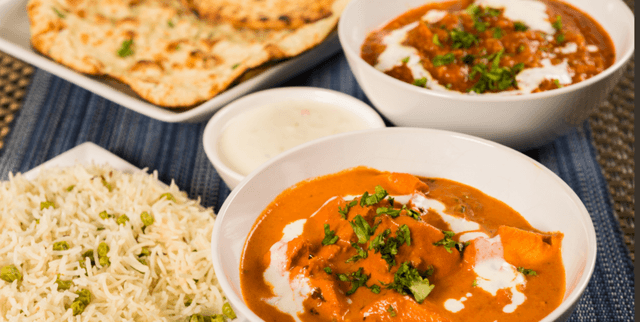Gender and Demographic Food Choice Study
Data Science and Analytics
Tags and Keywords
Trusted By




"No reviews yet"
Free
About
Explores food preference data for Indian and Pakistani cuisines, focusing on correlations with various demographic factors. This dataset was collected during a live Data Visualization workshop where participants submitted their information in real-time. It enables researchers to analyse how attributes such as gender, socio-economic status, and physical characteristics influence the choice of a favourite dish.
Columns
The dataset contains 14 columns, including both demographic inputs and the target variable:
- Timestamp: The date and time when the participant submitted the form.
- age: The participant’s age (range 18 to 55).
- city: The city where the participant was taking the online class (44 unique cities, most common is Karachi).
- weight: The participant’s weight (range 30 to 163).
- height: The participant’s height (range 5 to 204).
- BMI: Body Mass Index of the participant.
- salary: The participant’s salary (range 222 to 300k).
- gender: The participant’s gender (primarily Male, 79%).
- qualification: The highest educational qualification attained (Bachelors is the most common).
- employment_status: Whether the participant is employed, unemployed, or other.
- covid_vaccine: Boolean indicating if the participant is vaccinated.
- marital_status: Marital Status of the participant (Single is the most common).
- copilot_user: Boolean indicating if the participant uses GitHub Copilot.
- favourite_dish: The target variable, indicating the participant’s favourite dish (Biryani is the most common choice).
Distribution
The data is provided in a CSV file (
participants_data.csv) format, measuring 9.32 kB in size. The structure includes 14 columns and 90 validated records. Data validation indicates that most columns have zero mismatched or missing values, though one record is missing in the BMI column.Usage
This data is ideally suited for academic research and statistical analysis requiring real-world demographic inputs. Potential applications include building predictive models to forecast dietary preferences based on socio-economic indicators, performing deep data visualization exercises, and segmenting consumers for food marketing or public health initiatives focused on specific regional cuisines.
Coverage
The data was captured on 11 December 2022. Geographically, it covers participants from 44 unique cities, with noted concentrations in places like Karachi and Faisalabad. Demographically, the sample spans ages 18 to 55, features a majority male population (79%), and includes varied educational backgrounds (most commonly Bachelors) and employment statuses (most commonly Unemployed).
License
CC0: Public Domain
Who Can Use It
Researchers and academics interested in consumer behaviour, specifically those analysing the interplay between culture, gender, and dietary choices. Data science enthusiasts and students looking for a structured, real-time collected dataset for machine learning classification problems or regression analysis involving human attributes. Marketing analysts targeting specific demographics for food products.
Dataset Name Suggestions
- Indian/Pakistani Food Preference Survey Data
- Gender and Demographic Food Choice Study
- Workshop Participant Food Preferences
- Culinary Choice Correlates
Attributes
Original Data Source: Gender and Demographic Food Choice Study
Loading...
